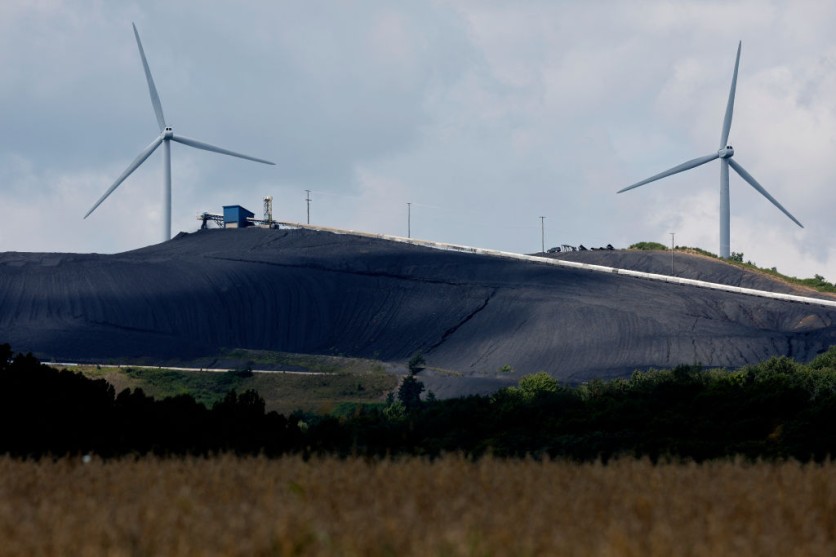The US Energy Information Administration (EIA) found that the generation from renewable sources including wind, solar, hydro, biomass, and geothermal overtook coal-fired generation in the United States electric power sector last year.

Surpassing Coal-Fired Generation
The United States' renewable source generation has achieved and surpassed the coal-fired generation in the electric power sector for the year 2022. According to a released statement from US EIA, the share of coal-fired generation decreased from 23% in 2021 to 20% in 2022 due to a number of retired coal-fired power plants and the less used remaining plants.
The 4,090 million megawatt-hours came from solar, wind, hydroelectric, biomass, and geothermal technology. While this is good news, renewable generation surpassed nuclear generation for the first time in 2021, widening the gap last year through these green sources with a 21% percent share combined.
This achievement came from the combination of increasing renewable capacity and coal's decline for several years now. Wind dominated the list as the source of clean electricity with 113 gigawatts in 2021 and 141 gigawatts in 2022. Hydro came second and followed by utility-level solar, biomass, and geothermal.
Brown University Ecology Professor and Sustainability Assistant Provost Stephen Porder stated, "I'm happy to see we've crossed that threshold, but that is only a step in what has to be a very rapid and much cheaper journey."
Leading States
Engadget reported the states who dominated certain renewable energy sources, which may come to not as surprising as it is. California leads the list in solar power generation with 26% of the output, Texas came second with 16% and a similar slice of wind generation, and North Carolina with 8%.
Although the lead in its areas is only slight and minimal, Texas also holds the record of having the largest shares of coal and natural gas. Aside from the three mentioned states, Iowa and Oklahoma accounted for 10% and 9% separately.
As per American Council on Renewable Energy President and Chief Executive Officer Gregory Wetstone that this growth is heavily driven by economics. "Over the past decade, the levelized cost of wind energy declined by 70 percent, while the levelized cost of solar power has declined by an even more impressive 90 percent," he added.
Associated Press that despite this, the country remains reliant on the burning of climate-changing fuels. The Inflation Reduction Act (IRA) contributed to the number of renewable energy projects that went online in 2022.
This is expected to have an impact on accelerating clean energy projects in the future. US President Joe Biden and his administration have heavily promoted renewable electricity by approving the first large offshore wind farm in the country.
Related Article : US Energy Department Unveils New Strategy to Expand Offshore Wind Energy

ⓒ 2025 TECHTIMES.com All rights reserved. Do not reproduce without permission.




